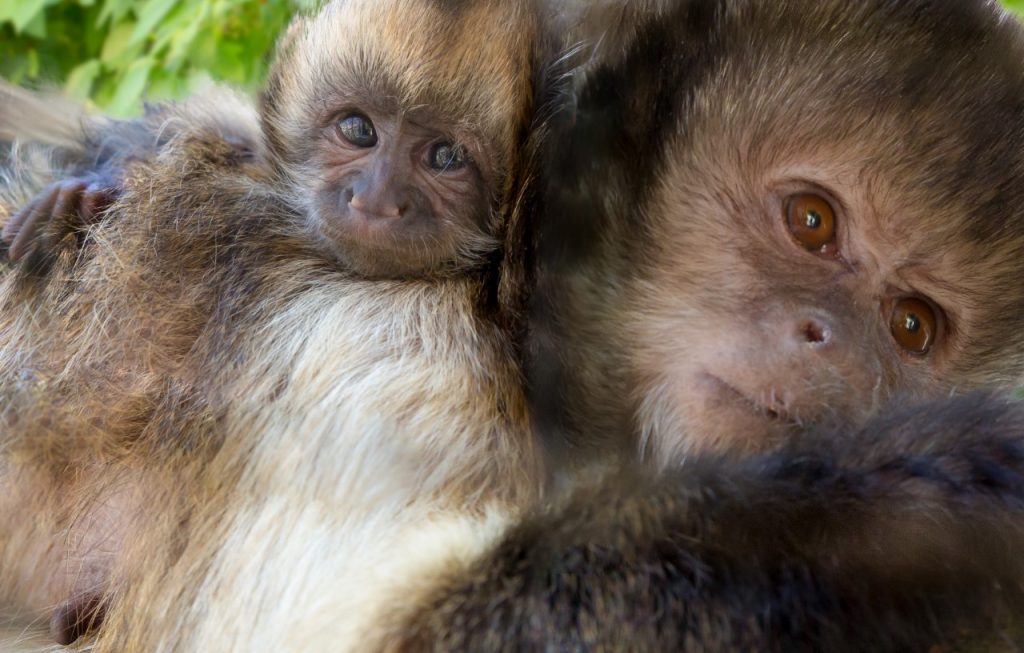Establishment of a zoological browse data base
Citation
Lehr TL, Moore MM, Williams S, Irlbeck NA. 1997. Establishment of a zoological browse data base. In Proceedings of the Second Conference on Zoo and Wildlife Nutrition, AZA Nutrition Advisory Group, Fort Worth, TX.
Abstract
Browse, a significant source of nutrition and enrichment for captive animals, is becoming increasingly important and more widely used. Browse includes leaves and twigs from shrubs, trees and herbaceous plants. It is supplemented to a wide range of captive animals including hoofstock, primates, pachyderms, marsupials and even avian species. Despite the importance of browse as a supplemental feed and enrichment tool, little research has investigated its nutritional value or health implications. A browse data base of nutrient content, species preference and health concerns would be advantageous to the zoo community. This need prompted us in the development of such a data base. Initial horticulture surveys have indicated an interest from institutions in several states agreeing to participate in data collection. The data base will use a standardized protocol to evaluate variability in chemical composition of browse by season, location, propagation technique and the target animal species. One year of data (20 species) has been collected at the Denver Zoological Gardens and sampling is continuing. Several institutions have submitted browse samples to be included. Browse information currently in the literature will be incorporated as possible. A working data base will provide a greater understanding of the utilization of browse and enable zoo staff to make more efficient and informed feeding decisions. It is thought that the data base will ultimately serve to improve the health and quality of captive animal lives throughout zoological facilities.
 Establishment of a Zoological Browse.pdf 350 KB
Establishment of a Zoological Browse.pdf 350 KB








